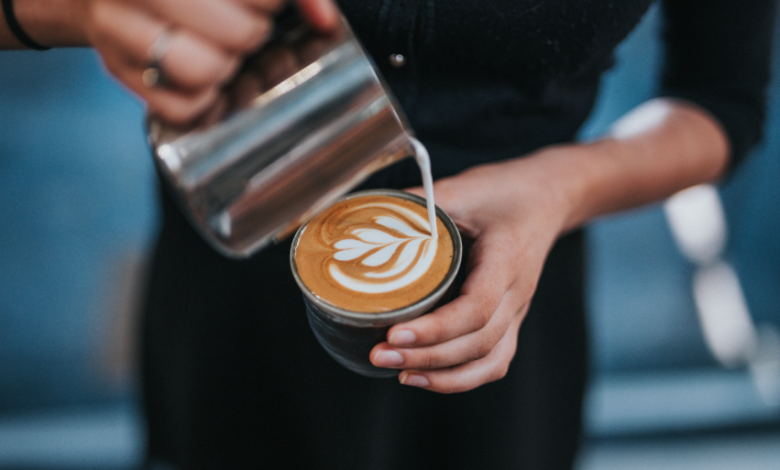Mastering Latte Art with Expert Milk Steaming Techniques

Creating beautiful latte art is more than just pouring milk into espresso; it’s an art form that requires precision, patience, and practice. At the heart of this mesmerizing art is the skillful steaming of milk. By mastering expert milk steaming techniques, baristas and coffee enthusiasts alike can significantly enhance their latte art creations, producing intricate designs that delight both visually and gastronomically.
Understanding the Importance of Milk Texture
The foundation of excellent latte art lies in achieving the right milk texture. Properly steamed milk should have a smooth, velvety consistency, often described as “microfoam.” Microfoam is created when milk is aerated and heated to the ideal temperature, typically between 135°F to 150°F (57°C to 66°C). This ideal texture allows milk to flow seamlessly through espresso, creating clear, defined patterns.
Essential Equipment for Steaming Milk
Using appropriate equipment is critical for consistent results. High-quality equipment ensures precise control over temperature and foam consistency. Essential tools include:
- Espresso Machine with Steam Wand: Opt for machines with powerful steam wands for faster and smoother results.
- Milk Jug: A stainless steel jug with a pointed spout helps control pouring and aids in precise art formation.
- Thermometer: Ensures milk is heated to the optimal temperature, preventing overheating and scorching.
See also: Practical Applications of Home Automation Controllers for Modern Living
Step-by-Step Guide to Expert Milk Steaming
Step 1: Choosing the Right Milk
The type of milk significantly impacts your latte art results. Whole milk is commonly preferred due to its balanced fat and protein content, creating rich, creamy microfoam. However, alternatives like oat or soy milk can also be used successfully with practice.
Step 2: Positioning the Steam Wand
Begin by positioning the steam wand slightly below the surface of the milk to introduce air, creating a gentle “hissing” sound. Maintain this position until the milk temperature reaches about 100°F (38°C).
Step 3: Creating Microfoam
After the initial aeration, immerse the wand deeper to swirl and integrate the microfoam throughout the milk. Tilt the jug slightly to create a whirlpool effect, evenly distributing bubbles and achieving that desired velvety texture.
Step 4: Achieving the Perfect Temperature
Monitor the temperature closely with a thermometer, aiming to stop steaming around 145°F (63°C). Immediately wipe and purge the steam wand afterward to maintain cleanliness and efficiency.
Pouring Techniques for Latte Art
With expertly steamed milk ready, the art of pouring becomes paramount. Essential pouring techniques include:
- Height Control: Pour from a height initially to blend milk and espresso, then lower the jug closer to the surface to begin creating art.
- Steady Flow: Maintain a controlled and steady pouring speed to ensure a uniform, smooth pattern.
- Movement: Gentle wrist movements can guide the milk to form shapes such as hearts, tulips, and rosettas.
Common Latte Art Mistakes and How to Avoid Them
Mistakes are part of the learning process, but knowing how to address common issues can accelerate mastery:
- Large Bubbles: Ensure the steam wand is correctly positioned, preventing excessive aeration.
- Overheated Milk: Monitor milk temperature closely and stop steaming at the recommended temperature to avoid scalding.
- Inconsistent Patterns: Practice controlling pouring speed and movement to create uniform designs.
Continuous Improvement and Practice
Perfecting latte art with expert milk steaming techniques requires continuous practice and refinement. Regular practice sessions and feedback from experienced baristas or latte art enthusiasts can rapidly improve your skills.
For those interested in deepening their understanding, Subminimal provides an excellent detailed guide to help you Perfect your latte art with expert milk steaming techniques.
By mastering these foundational milk steaming techniques and combining them with steady, mindful pouring, anyone can transform simple coffee beverages into impressive artistic expressions.





